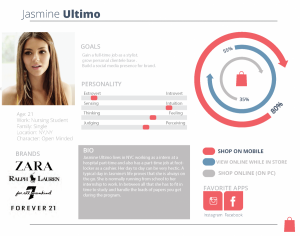10 Great Sites for UI Design Patterns
You don’t want to spend your whole life redesigning the wheel do you? No, neither do we. If you are looking for a design that solves a problem that has been solved inside a different application before; then the template for your wheel is probably already out there. That’s a design pattern to you and me.
https://www.interaction-design.org/literature/article/10-great-sites-for-ui-design-patterns
User Interface Design patterns
User Interface Design patterns are recurring solutions that solve common design problems. Design patterns are standard reference points for the experienced user interface designer.
http://ui-patterns.com/
10 UI Design Patterns You Should Be Paying Attention To
Design patterns were first described in the 1960s by Christopher Alexander, an architect who noticed that many things in our lives happen according to patterns. He adapted his observations to his work and published many findings on the topic. Since then, design patterns have found their place in many areas of our lives, and can be found in the design and development of user interfaces as well.
https://www.smashingmagazine.com/2009/06/10-ui-design-patterns-you-should-be-paying-attention-to/
9 Crucial UI Features of Social Media and Networking Sites
The main function of a good user interface is to provide users with an intuitive mapping between user’s intention and application’s function that manages to provide a solution to the given task. Basically, user interface describes the way people interact with a site and the way users can access its functions. In fact, usability is a biproduct of a good user interface and it determines how easily a user can perform all of the functions provided by the site. Usability is a crucial part of every design, especially on websites with a large amount of functions and users.
https://www.smashingmagazine.com/2009/06/9-crucial-ui-features-of-social-media-and-networking-sites/





